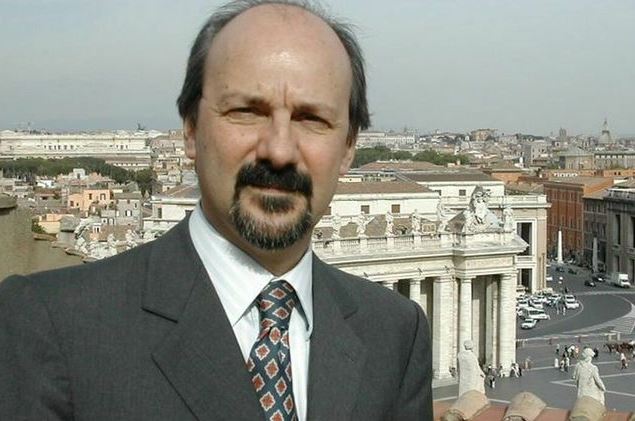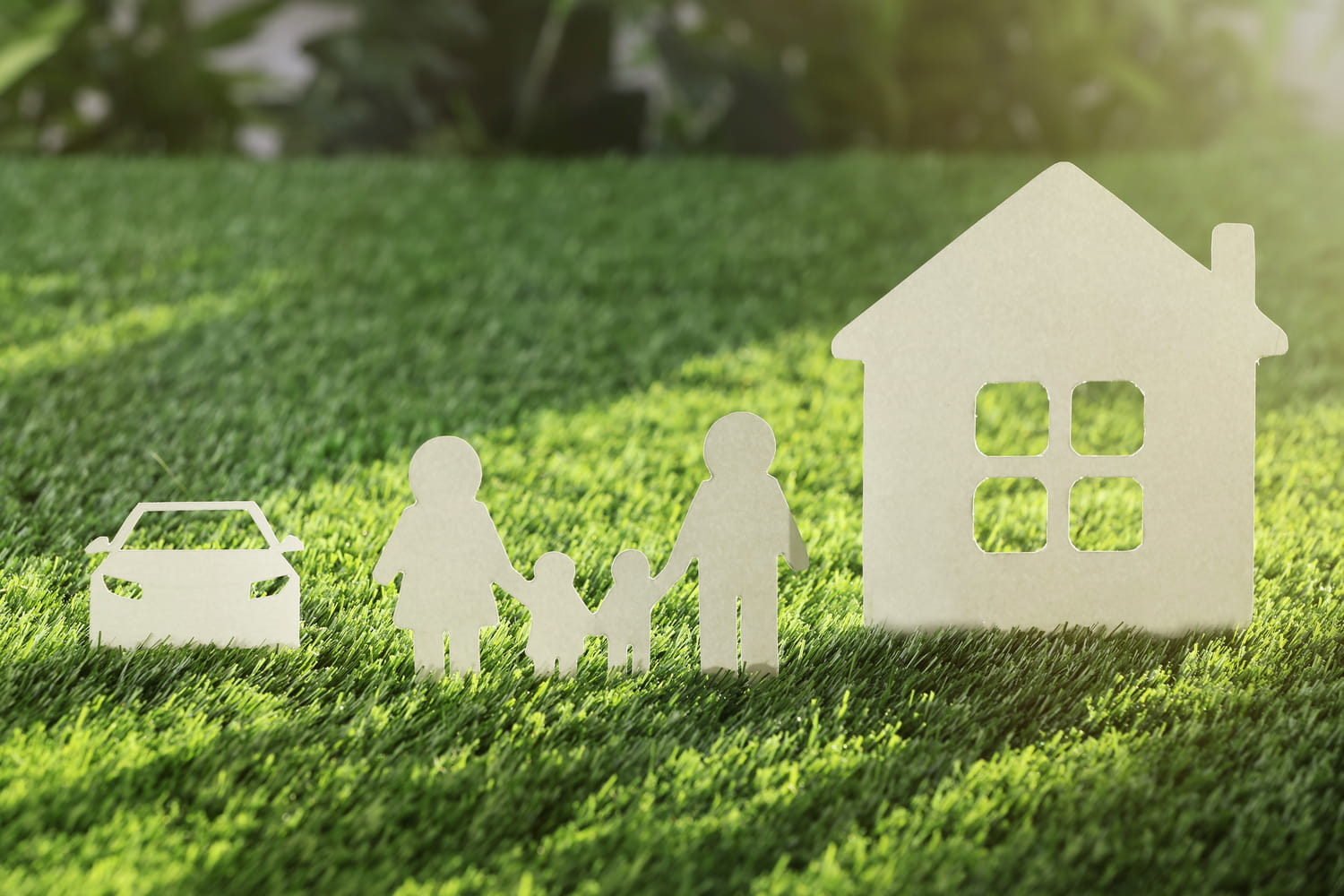In the architectural landscape of large metropolises, some buildings hide unsuspected secrets. This is the case of this building, whose apparently ordinary facade actually hides a curiosity that is worth a look.
In a discreet street in the capital, a strange building draws the attention of the most curious. From a distance, it seems ordinary, with its sober facade and its carefully aligned windows. However, by approaching, a detail disturbs the spirits: nobody enters or never leaves. The curtains do not move and the bells remain silent. A mystery hangs over this building which, in reality, is not a building like the others. Located in the heart of the city, this classic building contains neither offices or apartments. Thus, behind the illusion of a harmless building hides a key element of the daily life of thousands of city dwellers. A presence as imposing as it is invisible, which recalls that the city is full of unsuspected secrets, hidden behind misleading appearances.
It is located at number 145 rue La Fayette in the 10th arrondissement of Paris and it is the perfect example of urban trompe-l’oeil which intrigues passers-by and inhabitants. In other cities around the world such as London or New York, empty or partially busy buildings sometimes hide ventilation ducts, maintenance elevators or even electrical positions. Passers -by, often intrigued by these atypical buildings, are many to speculate on their true usefulness. So, what hides this 6 -storey natural stone building, built shortly after the 1850s and which was inhabited for almost 100 years?
This is a real false facade which the RATP is used to hide the ventilation mouth of the RER B. Yes, just that! Its structure has been designed to camouflage a massive evacuation fireplace, making it possible to reduce the visual and sound impact of the surrounding industrial infrastructure. Far from being an isolated case, this type of construction is frequently used in large cities to hide essential technical installations, but not very aesthetic.
This facade was installed in the 1980s when the RER B line was extended from Châtelet-les Halles to the Gare du Nord. No choice, the line ventilation system of the line had to integrate into the surrounding architecture. For this, there is only the facade of the building, its balconies and its balustrades which have been preserved. In the era where the urban space is increasingly densified, these innovative solutions make it possible to combine functionality and aesthetics. A perfect example of how modern cities adapt to their own constraints by playing with perceptions and architecture.








